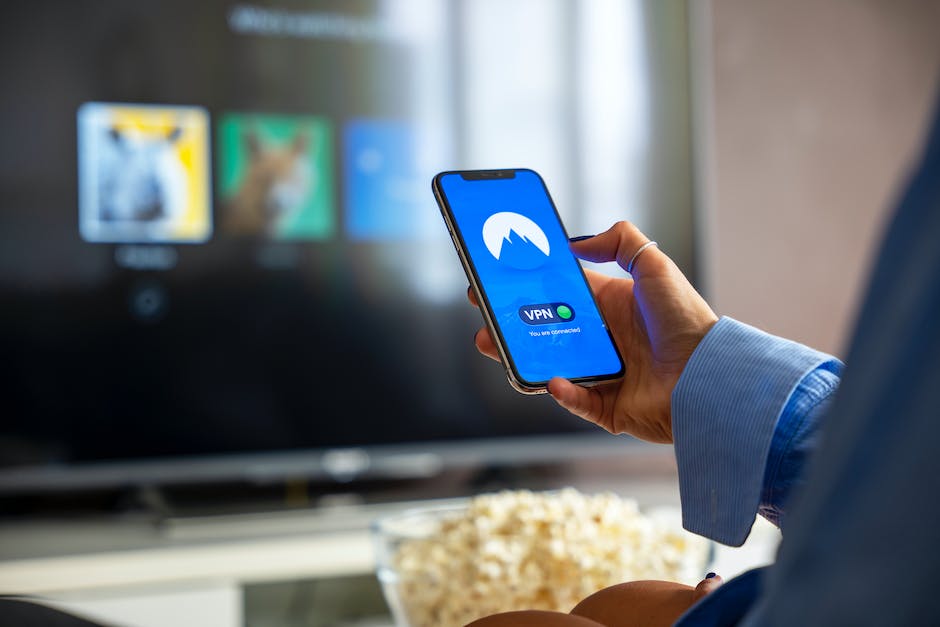The success of Microsoft Teams has been remarkable. Since its launch in 2017, Teams has grown quickly to become a top-tier workplace collaboration and communication platform, with over 115 million daily active users in late 2020. Microsoft’s long-term vision for Teams is to be the hub for teamwork in the organization, providing a single place for employees to collaborate on projects, chat with colleagues, and access team information. Now it seems that the next generation of Microsoft Teams is already in the works, with more powerful capabilities and a unified experience across all devices.
The most obvious feature that will be available in the next generation of Microsoft Teams is a unified experience. The goal is to create an experience across all devices, from PCs and tablets to smartphones and smartwatches, that is consistent and familiar. This means users will be able to start conversations on one device and pick them right back up on another without missing a beat. Additionally, notifications will be synchronized across all devices, so users will never miss an important message.
The next generation of Microsoft Teams will also offer more powerful capabilities for collaboration. Microsoft plans to integrate artificial intelligence and machine learning into Teams so that users can quickly find relevant information and insights as they work on projects together. Teams will be able to automatically recommend helpful tools and features based on the context of the conversation. There are also plans to add more integrations with third-party applications, such as services for video conferencing, task management, and digital signatures.
Finally, the next generation of Microsoft Teams will be optimized for virtual meetings. With the rise of remote working, virtual meetings have become increasingly important. Microsoft aims to make virtual meetings in Teams more efficient, with features such as improved audio and video quality, focus mode (which dims unnecessary background noise), break-out rooms, and automated question-and-answers. Teams will also integrate with other Microsoft offerings, such as Microsoft Whiteboard, to streamline collaborative planning and task management.
The next generation of Microsoft Teams could be here sooner than expected, with many of the new features already being tested behind the scenes. Microsoft is well aware of the need to keep up with the rapidly changing workplace and make collaboration easier, and they appear to be rising to the challenge. If successful, the next generation of Teams could make working together even better.

